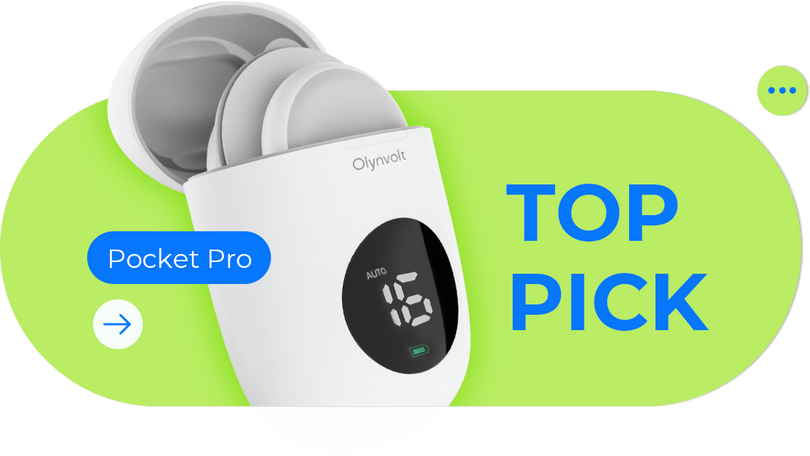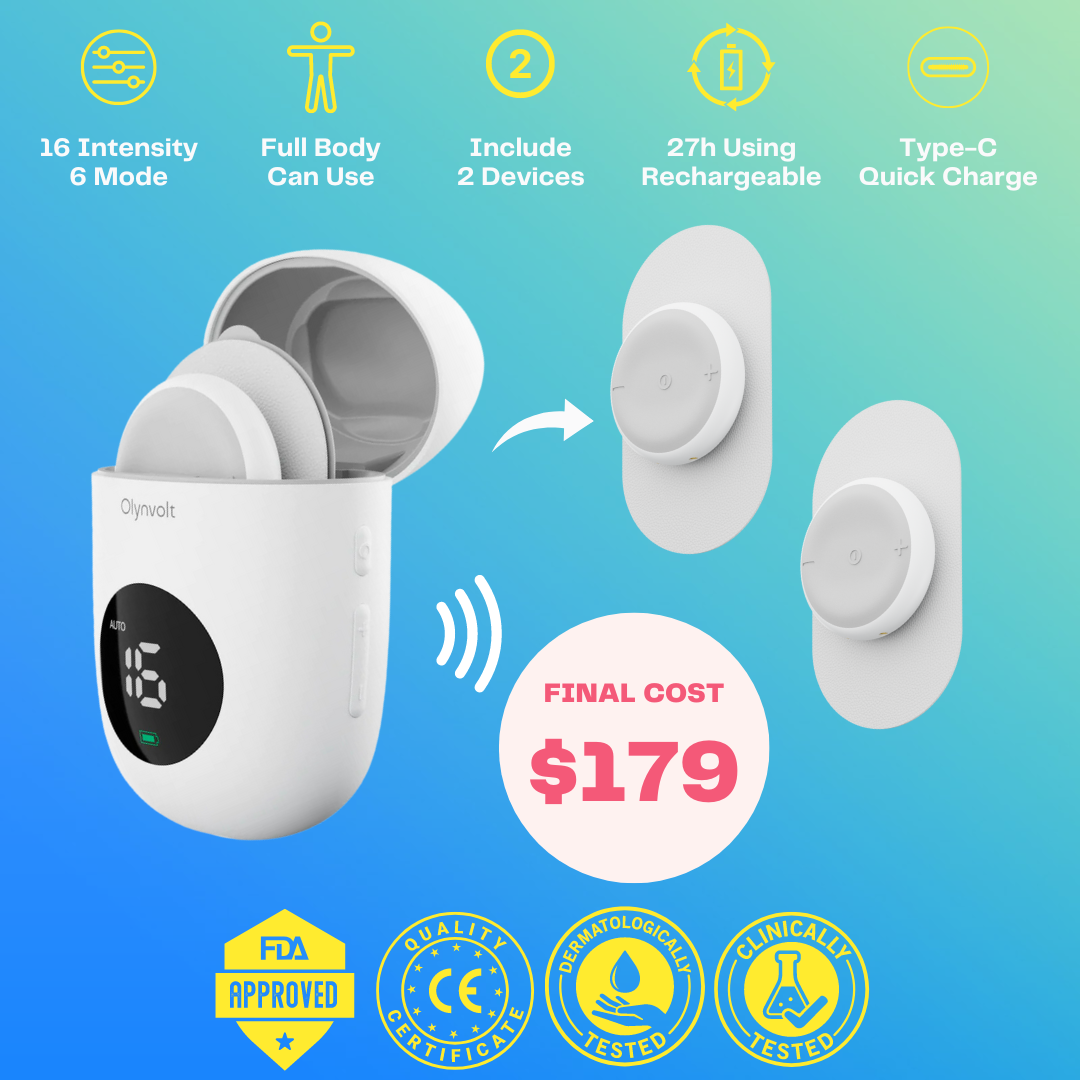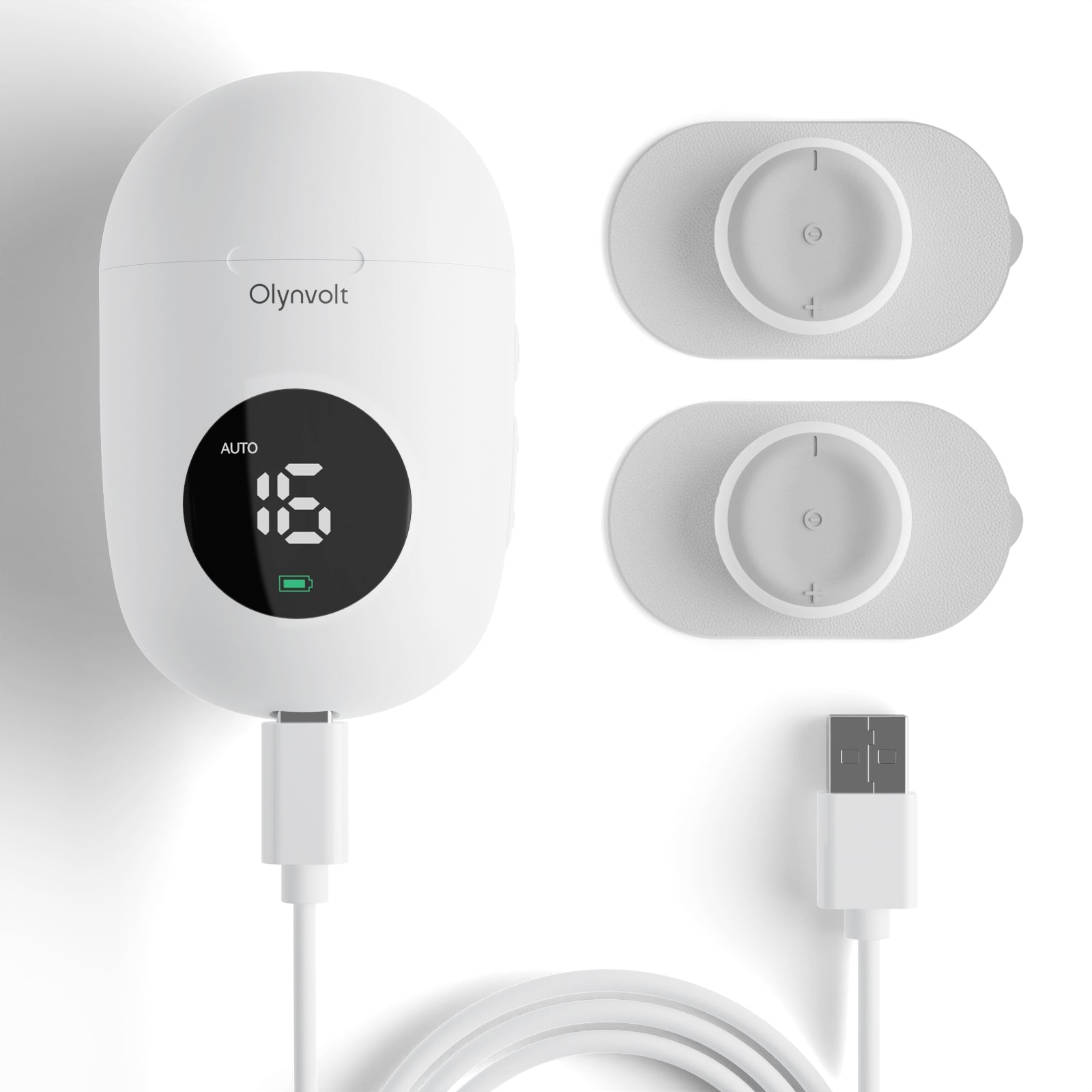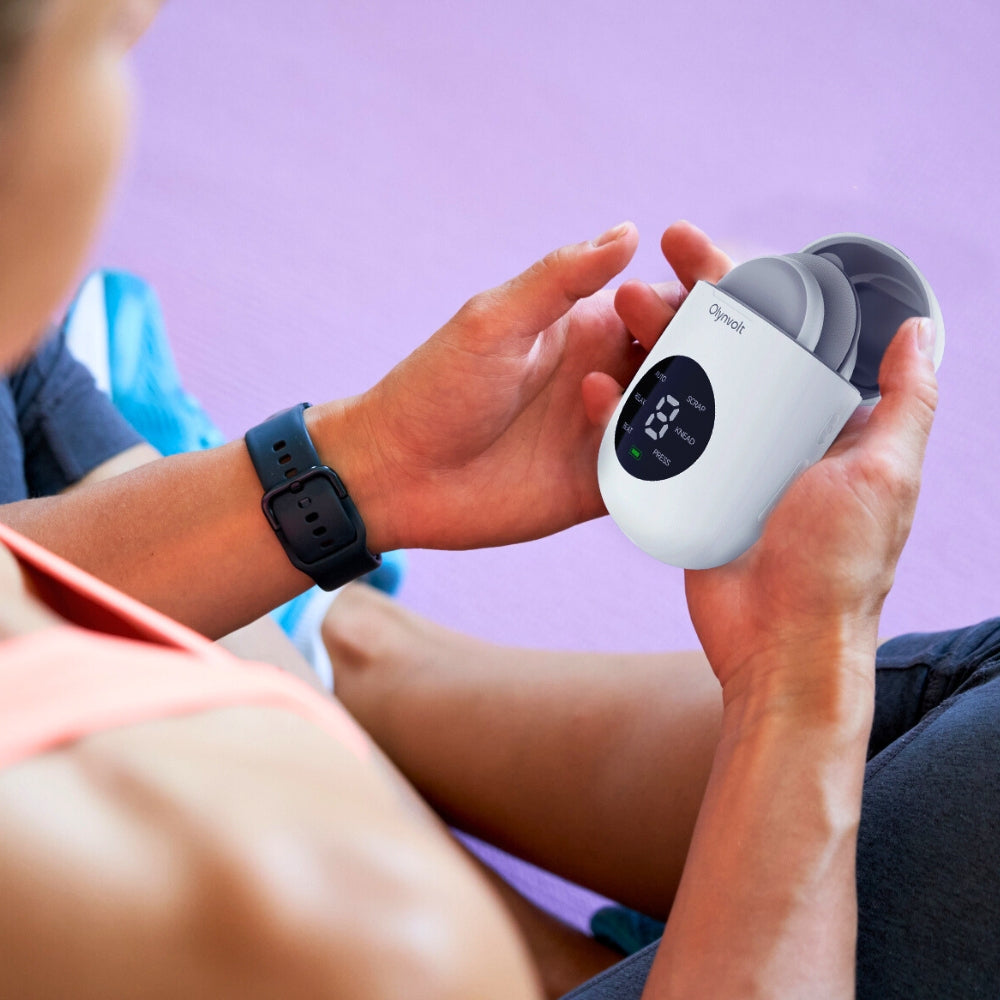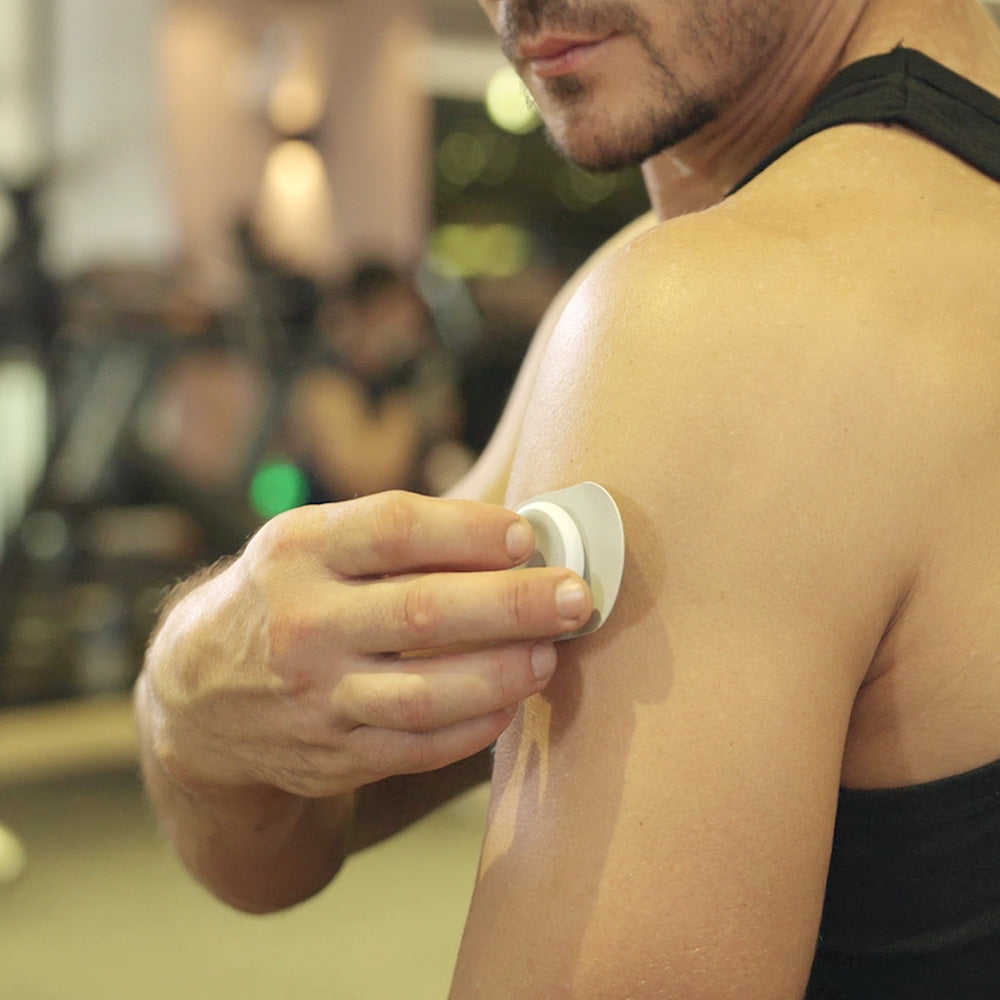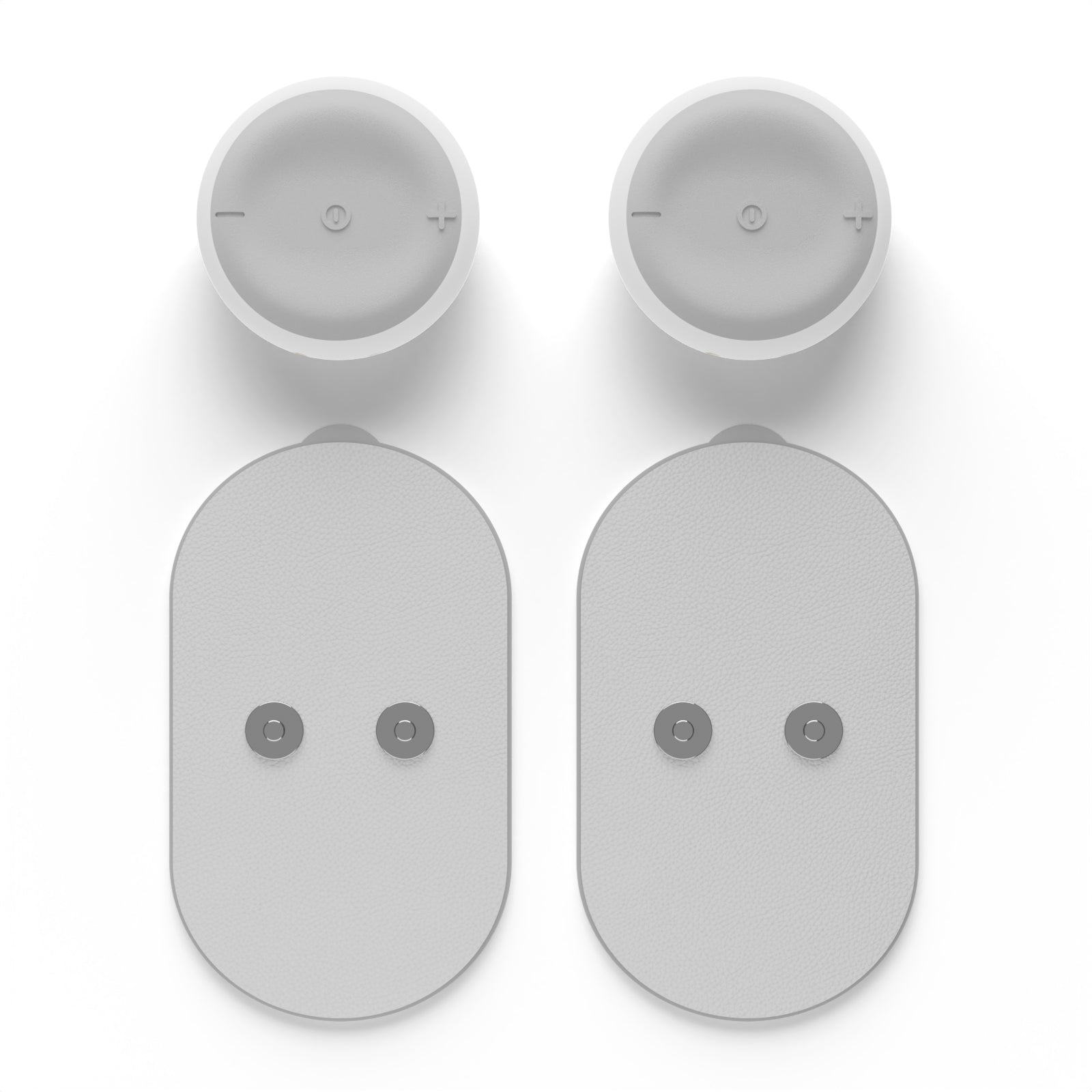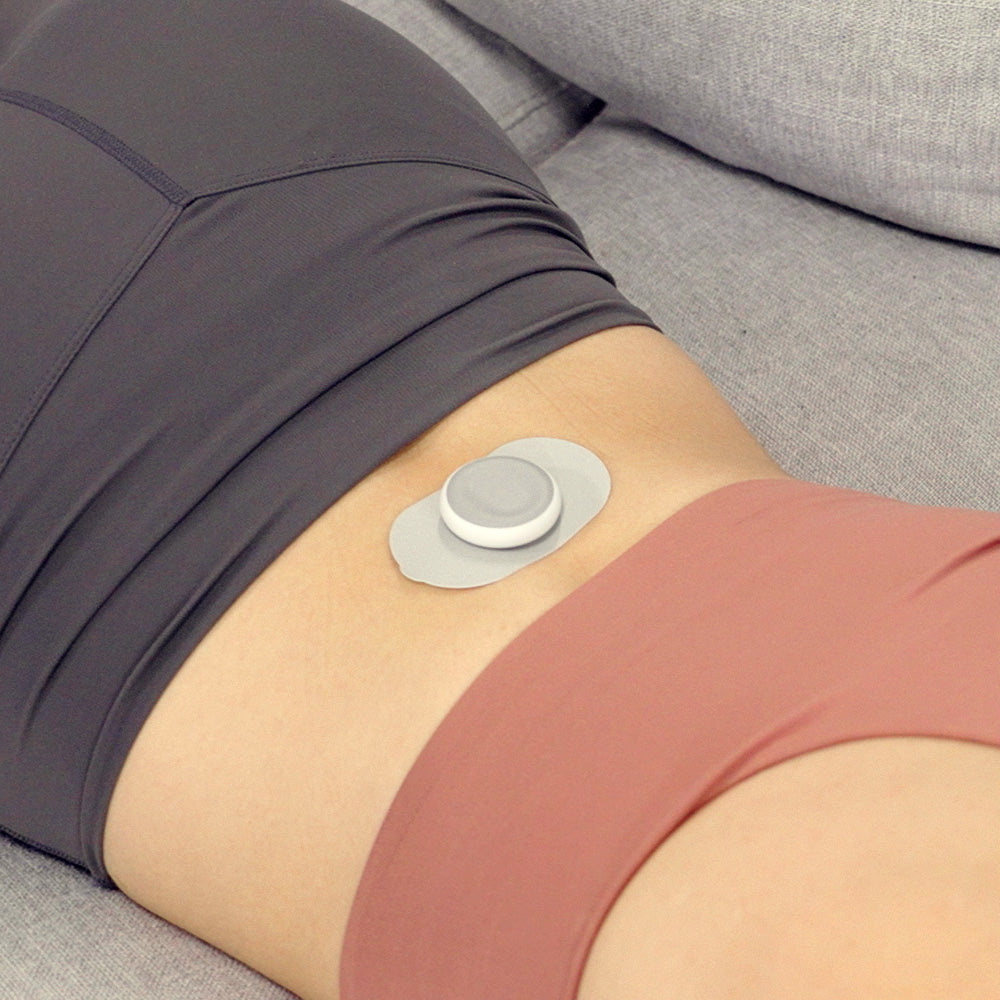Can TENS build muscle?
No, you can’t use TENS alone for building muscle. However, if you combine TENS with EMS or Electrical Muscle Stimulation, you may build muscles. Using different wavelengths and pulses, this combination of EMS and TENS is useful for athletes recovering from surgery faster.
How is neck pain diagnosed?
The causes of neck pain may be determined through different diagnostic procedures.
- X-ray – this procedure can reveal areas in your neck where bones may pinch your nerves or spinal cord
- CT scan – this procedure combines many X-rays from different directions for detailed cross-sectional views of the neck’s internal structures
- MRI – uses a strong magnetic field to create detailed images of the body — from bones, soft tissues, spinal cord, or nerves

What are the causes of neck pain?
The neck supports the head, and some illnesses or injuries of the neck can restrict motion. Below are some of the common causes of neck pain.
- Muscle strain – may be due to hours hunched over the computer or mobile phone
- Degenerative joints – may wear and tear with age
- Diseases – may be due to meningitis, rheumatoid arthritis, or cancer
- Injuries – whiplash injury from motor vehicle accidents, which occurs when the head is jerked backward and then forward
- Nerve compression – herniated disks or bone spurs in the vertebrae of the neck can produce irritation from narrowing of the small holes through which the nerve roots traverse the spine as they exit the spine to the periphery
A person may feel discomfort or sharp pain in the neck through
- holding the neck in one place for long periods
- muscle tightness and spasms
- headache
- decreased ability to move the head
When should you contact a doctor for neck pain?
The brain is engineered to protect the body. One way to protect it is by producing a painful warning, signaling potential or real tissue injury. When the brain recognizes this uncomfortable feeling, it signals the body to become immobile — increasing blood flow, which makes healing faster.
However, some pain is more bothersome than others. It can even be debilitating. For these kinds of pain, contact a doctor if your neck pain
- is severe
- spreads down the arms or legs
- persists for a few days with no relief
- is associated with headache
- is accompanied by weakness, numbness, or tingling
Who should not use a TENS unit?
Do not use TENS if you have undiagnosed pain and a history of cancer in the last five years. Further, do not apply electrodes to your head. These impulses could cause seizures.
If the cause of the pain is undetermined, healthcare providers advise postponing treatment through TENS or risk worsening the pain.
As a standard precaution, manufacturers of TENS units warn individuals with pacemakers, epilepsy, or are pregnant to avoid TENS as using this device can lead to potential complications.

To illustrate, here are conditions when you should seek a healthcare provider first before using TENS unit placement for neck pain:
-
Implanted medical devices like defibrillators or pacemakers, cardioverter defibrillators, brain neurostimulators or spinal cord stimulators, indwelling BP monitors, bone growth stimulators
For those with pacemakers, a cardiologist may perform an initial TENS trial with Holter/ECG monitoring. -
Pregnancy
During the first trimester, the greatest risk can be electrical currents over the abdomen that may lead to unwanted uterine contractions. However, TENS therapy is effective for labor pain. -
Mental impairment
A person who is mentally impaired and is undergoing TENS therapy may have trouble communicating the correct feedback. Thus, the therapist may have trouble in evaluation since the patient may not perceive an intensity that is safe for his or her body. -
Undiagnosed pain
If a person has undiagnosed pain, proper treatment should be postponed to prevent worsening the underlying condition. -
Epilepsy
Take note not to apply electrodes to the head. These impulses can cause seizures.

Where should you not put a TENS unit?
A TENS unit may be harmful but not dangerous. It may cause a prickling or tingling sensation, which is uncomfortable. In using a TENS unit, give the skin a break from the electrode pads every 20 minutes. Another risk is the skin irritation that comes from leaving the pads for too long in one place.

How to use a TENS unit placement for neck pain
For neck pain, place two electrodes on the lower backside of the neck on the sides (painful area). For some, placing two or more electrodes above or beside the shoulder blades may work better.
Take note not to place electrodes close to the head. Remember that TENS may interfere with how the brain sends electrical impulses to the body.
How do you start TENS treatment?
The skin should be clean and dry. This is to prevent the patches from slipping off. Make sure to switch off the TENS unit and then put in the batteries. Follow the instructions below in using TENS.
- Attach the lead wires on each patch. Take note not to expose the bare metal pins.
- Attach the lead wire plugs into the socket on the top of the TENS unit.
- Take the patches off the plastic liner.
- Place the patches on clean skin. Take note not to let the patches touch metal.
- Turn the unit on. Follow the treatment program.
- Start the treatment and change the intensity as needed. Expect your muscles to contract.
- Stimulation will be less after a few minutes. You can turn up the intensity of the TENS as required.
Can you overuse a TENS unit?
TENS stimulation should last for only 30 minutes at a time. After this, a 20-minute break is advised to give your skin a break for potential skin irritation from using TENS in one area on the skin for too long.
How high should you set a TENS unit?
Different intensities work for different types of pain. For acute pain, the TENS unit should be set between 80 Hz and 120 Hz. For chronic pain, the settings can be lower — around 2 Hz to 10 Hz. This lower setting will stimulate hormones produced naturally by the nervous system to cope with pain.
For weak or tense muscles, a setting between 35 Hz and 50 Hz is for stimulating muscles for relaxation or strengthening.
Can TENS units help pinched nerves?
As a result of too much pressure from its surrounding tissues, a pinched nerve causes pain, tingling, weakness, or numbness. The pressure on the nerve can also disrupt its function. TENS unit neck placement for pain can heal your damaged nerves and improve function.
In addition, electrodes shouldn’t be placed near the genitals. However, healthcare providers can use TENS to assist in sexual function for both men and women. TENS therapy can treat pelvic floor muscles, which can affect obtaining or sustaining an erection.
Also, TENS may work for stomach cramps because of Irritable Bowel Syndrome or IBS. In this situation, using a TENS device may relieve pain.
How long does TENS pain relief last?
The pain-relieving effect of TENS can last from five minutes to more than 24 hours. TENS therapy is so effective that some patients report complete relief of pain after using it.


